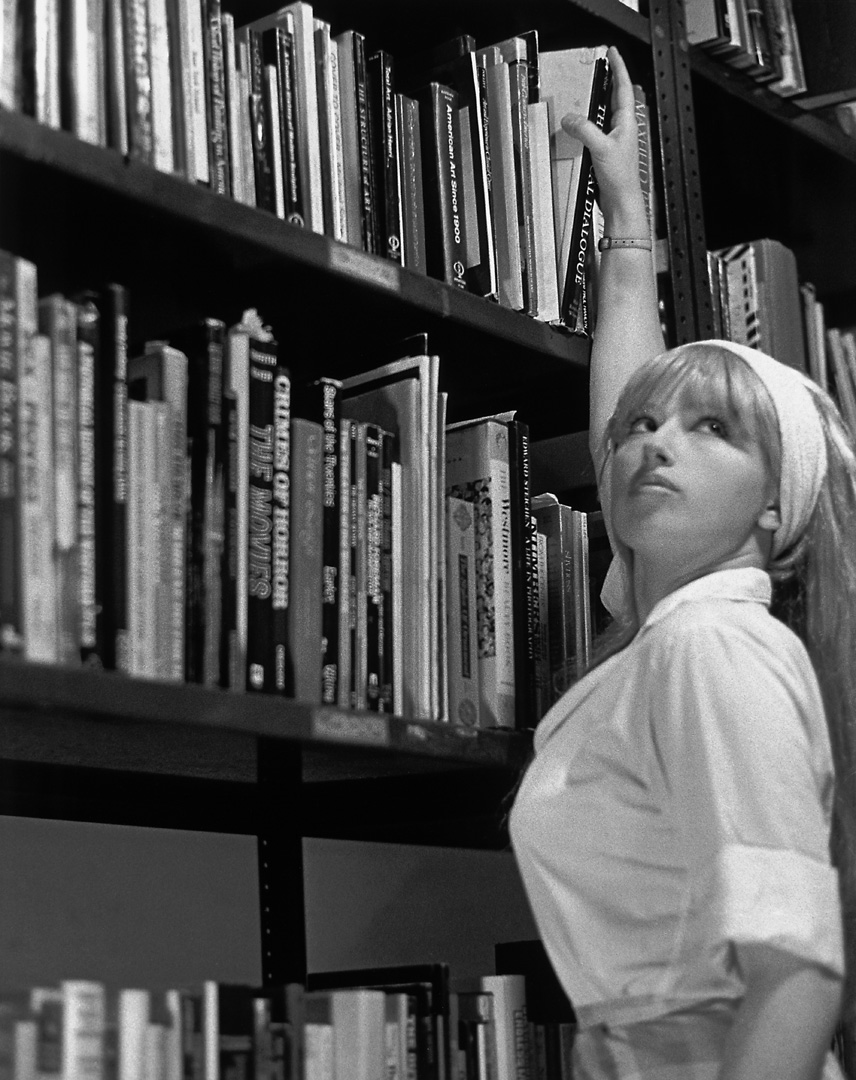Cynthia Morris Sherman (born January 19, 1954) is an American photographer and film director, best known for her conceptual portraits.
She is best known for “Complete Untitled Film Stills,” a series of 70 black-and-white photographs which were meant to subvert the stereotypes of women in media (namely arthouse films and popular b-movies). In the 1980s, Sherman used color film and large prints, and focused more on lighting and facial expression.
She is a key figure of the “Pictures Generation”, a loose circle of American artists who came to artistic maturity and critical recognition during the early 1980s, a period notable for the rapid and widespread proliferation of mass media imagery. Sherman turned towards photography at the end of the 1970s in order to explore a wide range of common female social roles, or personas. Sherman sought to call into question the seductive and often oppressive influences of mass-media. Turning to self-portraits she extended role playing in fantasy Hollywood, fashion, mass advertising, an “girl-next-door” roles and poses. She called her audiences attention to the powerful machinery and make-up that lay behind the countless images circulating in an incessantly public, “plugged in” culture.

- Sherman’s photographic portraiture is both intensely grounded in the present while it extends long traditions in art that force the audience to reconsider common stereotypes and cultural assumptions, among the latter political satire, caricature, the graphic novel, pulp fiction, stand-up comedy (some of her characters are indeed uncomfortably “funny”), and other socially critical disciplines. Sherman’s many variations on the methods of self-portraiture share a single, notable feature: in the vast majority of her portraits she directly confronts the viewer’s gaze.
Analysis (Below Image)
Contextual: Sherman was generating this image in a time where she was maturing in the 1970s among the discovering of the American Womens’ Movement, later known as the rise of Feminism. Sherman and her generation learned to see through mass media cliches and appropriate them in an ironic manner that made viewers self conscious about how artificial and highly constructed “female portraiture” could prove on close inspection.
Conceptual: For this image Sherman is employing herself in the image to suggest the central character in the 1960s’ “coming of age” romance, the young female intellectual on the verge of discovering her “true womanhood”, or the prototypical virgin.
Technical: The lighting in the image is coming from the top right of the photograph and is looking down on Sherman. The light coming from that angle could be artificial light being used to create effect and light her well as to see everything in frame and still create shadows and tones. The lens has it’s focus on Cindy herself we can see around the edges of the image that it is slightly blurred creating a sharp focus on her herself.
Visual: Sherman stands on the right side of the photograph which fits well with the idea of the rule of thirds as she doesn’t stand directly in the centre. As she leans and reaches upwards it creates a leading line for our eyes to travel all the way across her in a smooth way. There is a lot of pattern and repetition with the books creating repeating lines in a manner that is pleasing to the eye. The image being in black and white shows the range of tone in the photograph, her face is well lit creating lighter tones around her face, skin and hair and then we have some darker tones coming in around the book shelf where shadows would start to develop and the light may not be reaching.

